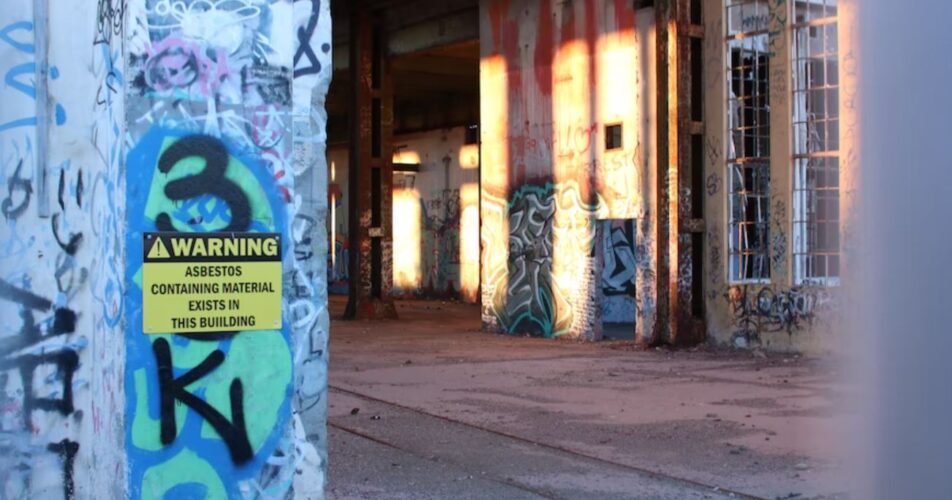There wasn’t any absence of evidence about the scale of asbestos use around the UK before, as we’ve written about on several occasions. However, the latest news around asbestos in the UK is particularly shocking, as it highlights something many people suspected: that the approach to ‘manage’ asbestos is failing, and that asbestos is too often falling into dangerous disrepair.
According to a new report by the Asbestos Testing and Consultancy (ATaC) Association and the National Organisation of Asbestos Consultants (NORAC), more than 100,000 buildings in the UK “present a potential risk to public health” from asbestos exposure. The research was prompted by a parliamentary enquiry by the Work & Pensions Committee earlier this year.
The report found that, of the 710,000 pieces of asbestos-containing material in 100,660 buildings, 71% of buildings had some level of damage. More worryingly, more than 120,000 items were damaged to the point that a specialist contractor would be required to repair them in order to keep them compliant – or in other words, to keep people safe.
A ‘failed system’
The report goes further, however. The authors state that these dismal figures are only a ”best-case scenario” for damaged asbestos in the UK, as they only extend as far as compliance-conscious and well informed inspectors, whose data could be confirmed as wholly accurate. The likelihood is that the real scale of the problem is even larger, as some inspectors may not provide such reliable information.
The crux of the problem is not the quality or frequency of inspections, though this may also be a contributing factor. The real issue is highlighted by the discovery that, for much of the damaged asbestos, it was not the first time it had been found in poor condition by inspectors. The indication is that a significant proportion of duty holders knew about the damaged asbestos, and did not even try to repair or remove it.
As the report itself points out, this represents nothing less than a failure of the UK’s approach to asbestos management. The model of monitoring and maintaining asbestos only works if there is an impetus for duty holders to follow it. Without sufficiently frequent and thorough inspections, as well as sufficient penalties for failing to act on asbestos, too many people seemingly feel able to put lives at risk if it saves them some money.
Taking action on asbestos
The report made two fundamental suggestions. For one, they proposed that the data they collected be made part of a new, national database of asbestos in the UK, subject to confirmation of its veracity. Secondly, however – and perhaps most importantly – the report made it plain that there should be a unified standard for collecting data on the locations and status of asbestos-containing materials, which all existing data should be converted to.
Clearly the fundamental first step is to convince all MPs of the urgency of acting on asbestos. While the Work & Pensions Committee have made plain their intention to improve asbestos standards, the news from parliament strikes a very different tone: asbestos regulations are actually being discarded as part of the culling of old EU laws, with no confirmation that they will be replaced.
The EU and US have been leaders on asbestos action in the past, and should be inspiration in the present. The EU has already passed an amendment to its asbestos laws to enforce a permissible asbestos level of 0.01 fibres per cubic centimetre of air, ten times less than the current limit in the UK. The US is considering similar changes, while the EU has also moved to create national registers of asbestos in the housing stock – something that isn’t required in the UK.
For all of the figures in this report – and the sense that they may be underreporting the scale of the problem – it should be remembered that there are no figures at all on how much asbestos remains in private housing. That this not only isn’t tracked, but also isn’t well publicised or shared with homeowners borders on negligence. While older homeowners may be aware of the potential for asbestos use in old housing stock, younger people may not be: there are already homeowners born after asbestos use was banned.
This is where asbestos awareness remains an important tool. Through greater knowledge of asbestos – what it looks like, where it’s found, and what the dangers are – more people can appreciate the threat it still poses, and the need to do something about it. Armed with that knowledge, we can continue to impress upon the government that asbestos isn’t something that can be delayed and ignored – it needs to be dealt with today.

